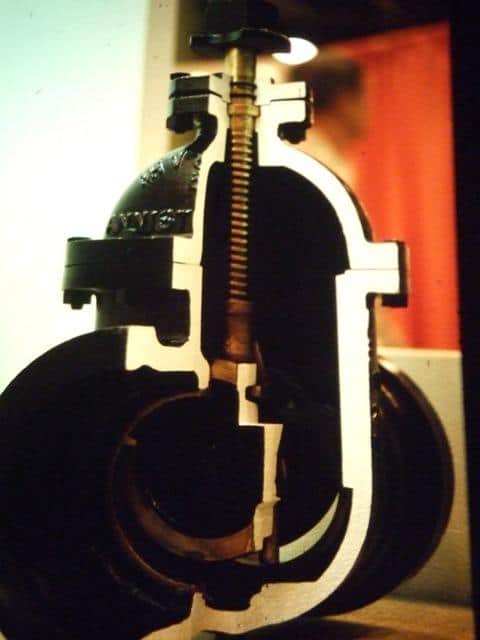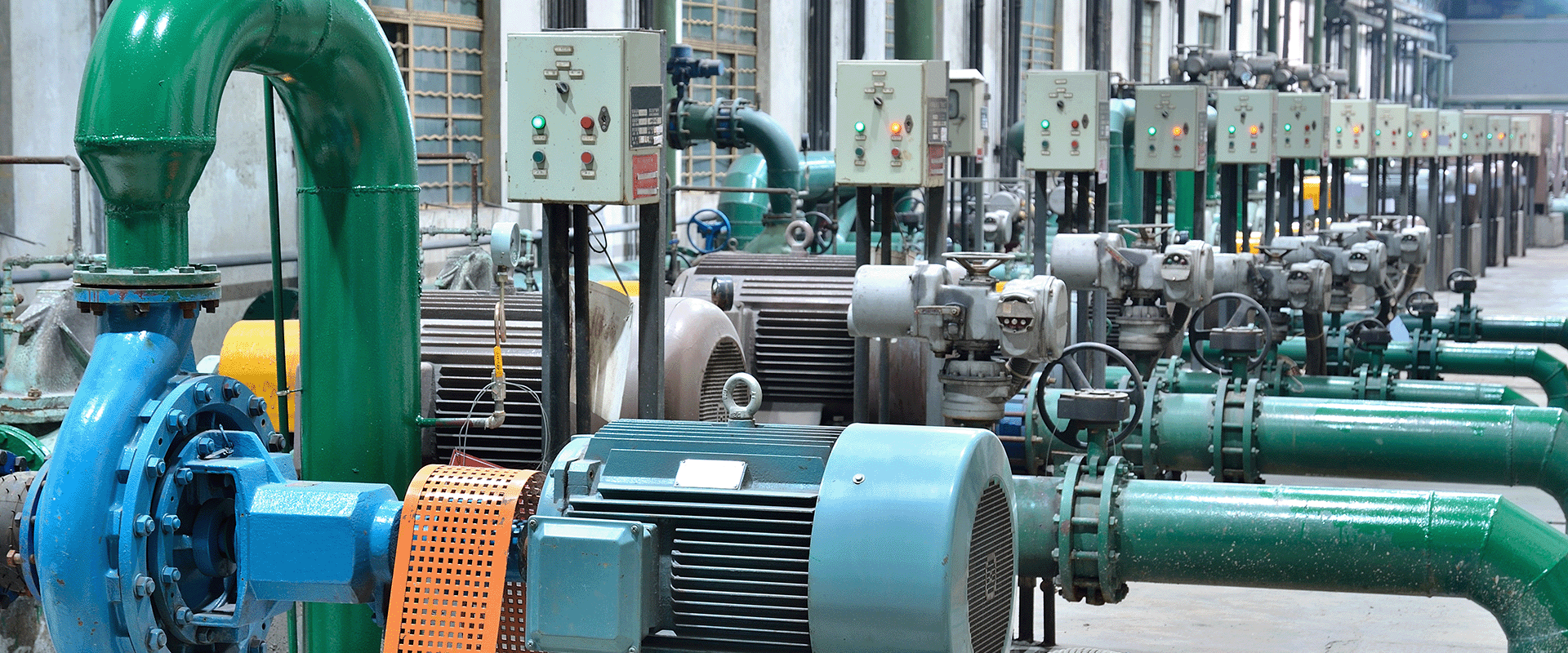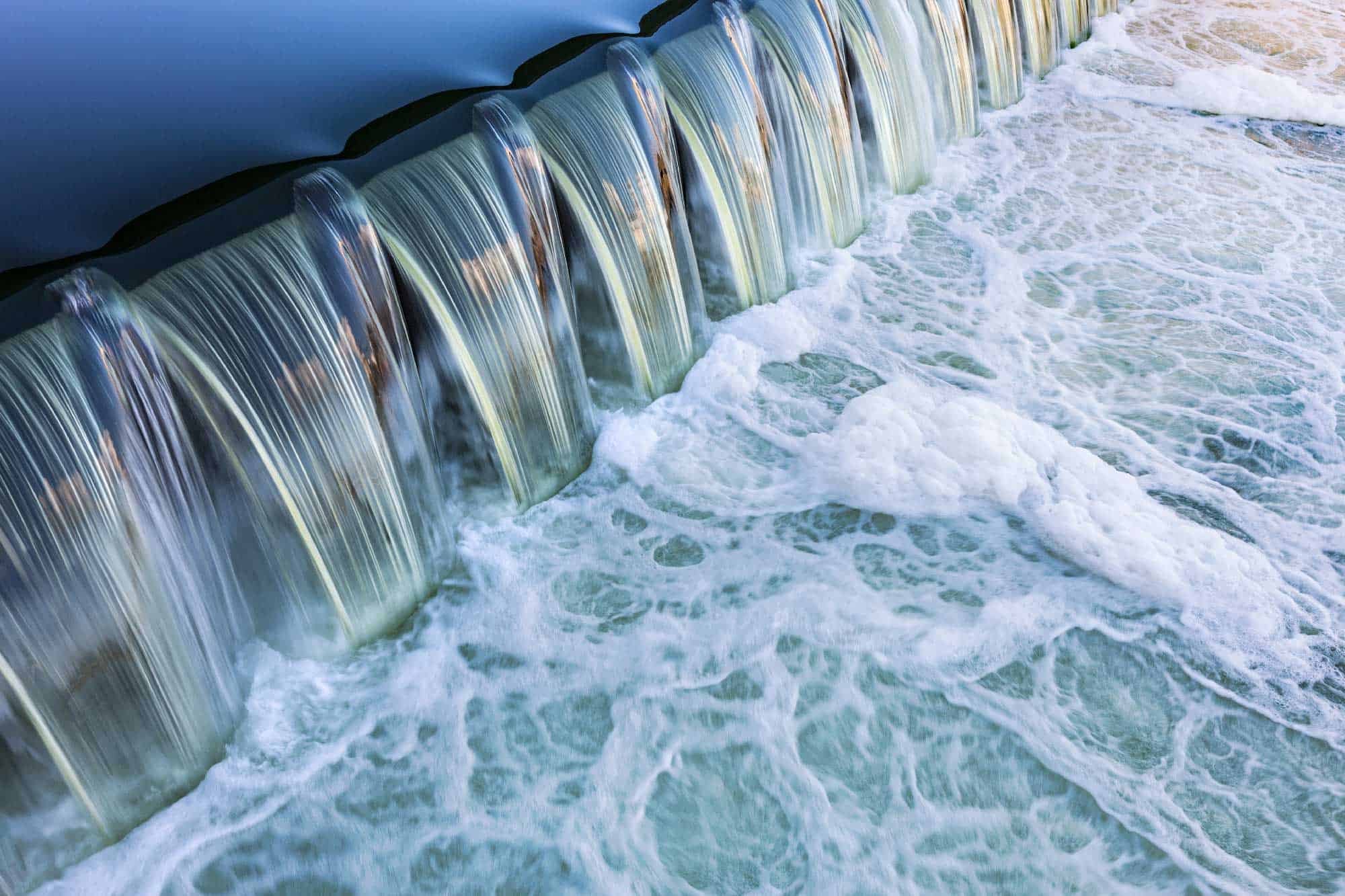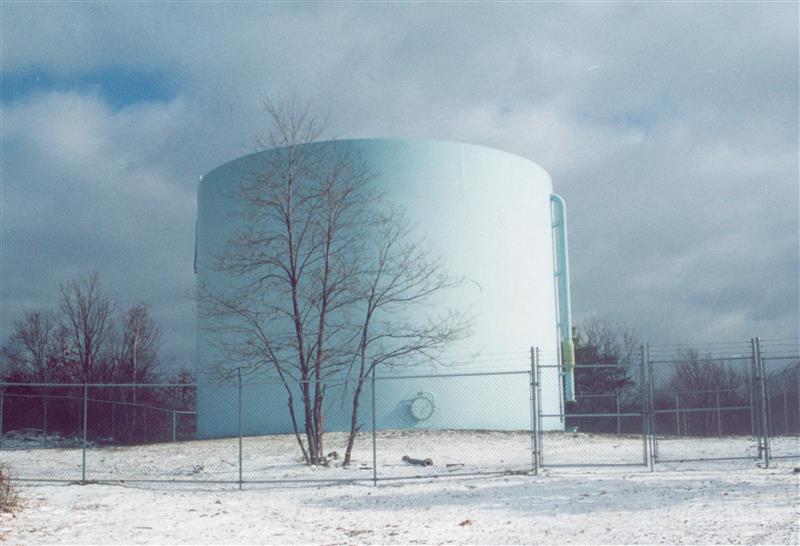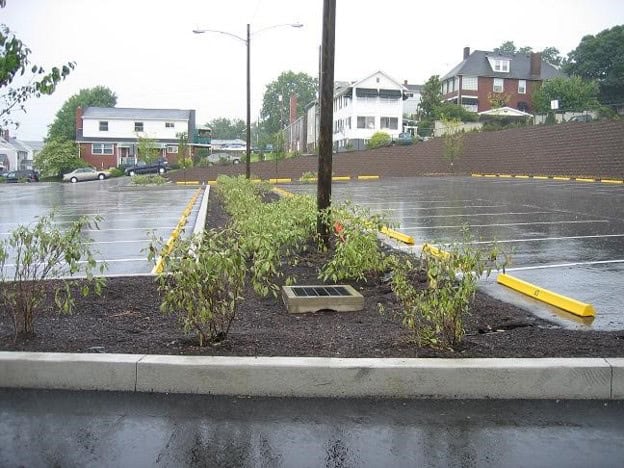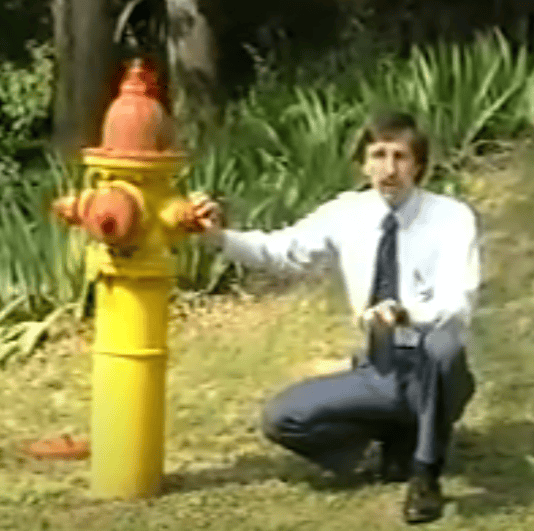Last year, I wrote a blog on “How many valves are enough?” I’m following up on that now with a quick survey on how engineers decide on where to put isolation valves, and I could use your help.
I’ve talked about this subject in two earlier blogs:
It’s hard to find standards on where to place isolation valves. So far, the most generally referenced rule is from the Ten State Standards (2012.)
“A sufficient number of valves shall be provided on water mains to minimize inconvenience and sanitary hazards will be minimized during repairs. Valves should be located at no more than 500-foot intervals in commercial districts and at not more than one block or 800-foot intervals in other areas of the distribution system. Where systems serve widely scattered customers and where future development is not expected, the valve spacing should not exceed one mile.”
This standard isn’t terrible as a general rule-of-thumb, but it really doesn’t help much in identifying exactly where to place isolation valves. Two systems can meet this standard, and one can do a much better job providing resilience when a shutdown is needed.
I checked on a few state standards, and they usually just copy the Ten State Standards or don’t discuss this topic at all.
I would like to find out what standard you apply (or at least what your state standard says if you don’t design pipe networks), or do you ignore the relevant standard and use your best judgment? I would appreciate it if you would send me a snippet from that standard or the URL where I can find it. Let me know if your company or utility has its own best practices that might be different from the state. I am looking for an overview of practice, and I am not going to publish any names.
Please email me ([email protected]) with what you use to place valves.
For those of you who want to take it to the next level. Consider the 6-inch pipe between two cross intersections, less than 500 ft apart. There are 8 possible valve locations. To give some context, let’s say the general direction of flow is from A to H, but because this is part of a looped system, water can go in any direction. Where would you install the valves and why? This question is optional. I won’t punish you if you don’t answer.
I’ll share the findings in a later blog.
Thanks for your help.
If you want to contact me (Tom), you can email [email protected].

